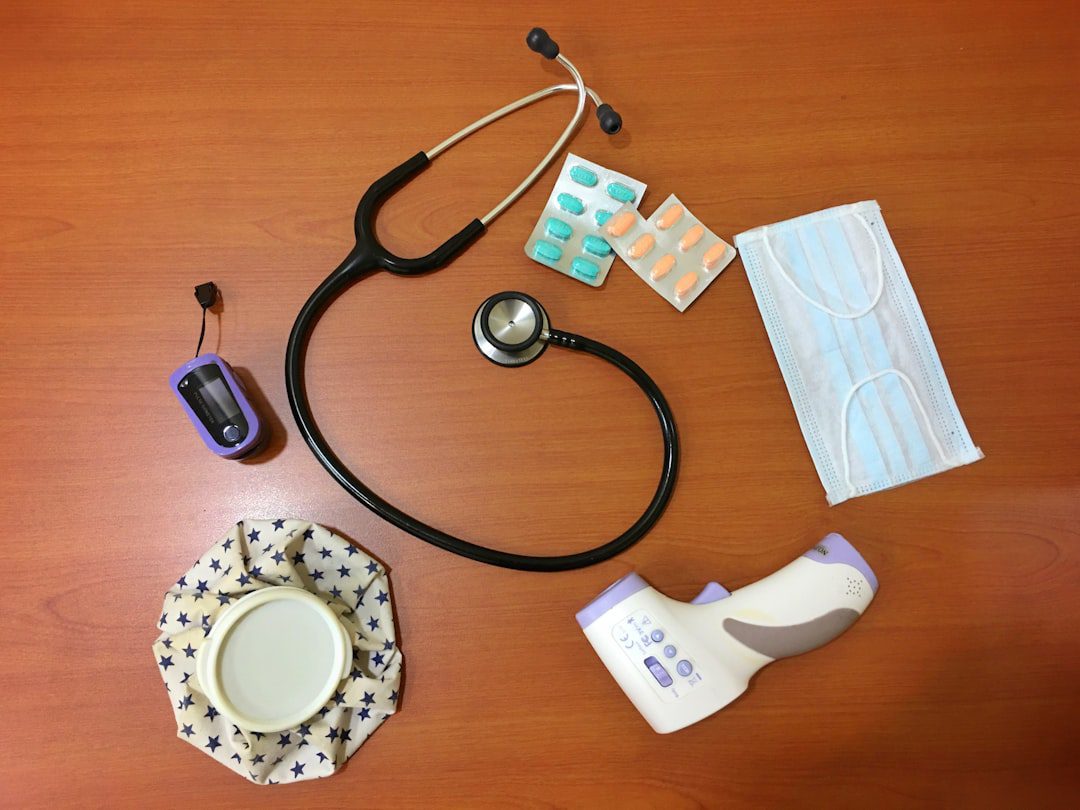
Overview of the Olympus Labeling Corrective Action
On October 31, 2025, Olympus Corporation announced a voluntary global medical device corrective action involving bronchoscopes used in conjunction with laser therapy, argon plasma coagulation, and high-frequency cauterization equipment. This labeling update represents a proactive approach to address potential safety concerns and provides crucial insights for medical device manufacturers across all specialties.
The corrective action focuses on providing enhanced clarification for the safe and effective use of bronchoscopes during energy-based therapeutic procedures, highlighting the critical importance of comprehensive labeling in preventing adverse events.
Why This Matters to Medical Device Manufacturers
This voluntary labeling update illustrates several key compliance principles that extend far beyond respiratory endoscopy equipment:
Post-Market Surveillance Obligations
Under FDA regulations and ISO 13485 requirements, manufacturers must continuously monitor their devices’ performance in real-world clinical settings. Olympus’s proactive approach demonstrates how effective post-market surveillance can identify the need for labeling improvements before regulatory enforcement becomes necessary.
Combination Use Considerations
The interaction between bronchoscopes and energy-based therapy equipment highlights a critical compliance area often overlooked during initial device development. Medical device manufacturers must consider how their products will be used in combination with other devices and ensure labeling addresses these scenarios adequately.
Global Regulatory Harmonization
Olympus’s decision to implement this corrective action globally reflects the importance of maintaining consistent safety standards across international markets, aligning with regulatory expectations in the US, EU, and other major jurisdictions.
Technical Context and Risk Factors
Bronchoscopes used during laser therapy and energy-based procedures present unique risks:
- Thermal damage: Heat generated during laser procedures can potentially damage flexible endoscope components
- Optical interference: Smoke and debris from energy-based treatments can impair visualization
- Infection control: Complex geometries in bronchoscopes require specific reprocessing protocols, especially after exposure to tissue debris
- Equipment compatibility: Ensuring proper integration between bronchoscopic and energy-delivery systems
Actionable Compliance Recommendations
For Current Medical Device Manufacturers
1. Review Combination Use Scenarios
Conduct a comprehensive assessment of how your devices are used in conjunction with other medical equipment. Document any gaps in current labeling that could lead to unsafe practices.
2. Strengthen Post-Market Surveillance Programs
Implement robust systems to collect and analyze real-world usage data, particularly focusing on:
- Customer complaints related to device interactions
- Clinical feedback on procedural outcomes
- Reports of unexpected device behavior in combination scenarios
3. Evaluate Labeling Adequacy
Assess whether current Instructions for Use (IFU) and labeling provide sufficient guidance for:
- Safe operation during energy-based procedures
- Proper maintenance after exposure to procedural conditions
- Clear warnings about potential risks and limitations
For Quality Management Systems
Integrate lessons from this corrective action into your ISO 13485-compliant quality management system by:
- Updating risk management files per ISO 14971 to address combination use scenarios
- Enhancing design controls to consider device interactions during development
- Establishing clear procedures for voluntary corrective actions
- Improving customer communication protocols for safety updates
Regulatory Implications and Best Practices
This voluntary corrective action demonstrates several regulatory best practices that can help manufacturers maintain compliance and avoid more serious enforcement actions:
Proactive Communication: Olympus’s transparent approach to communicating safety information builds trust with regulators and healthcare providers while potentially preventing mandatory recalls.
Global Consistency: Implementing corrective actions across all markets simultaneously shows regulatory maturity and helps prevent compliance gaps that could impact international market access.
Evidence-Based Decision Making: The focus on clarifying safe use practices suggests this action was driven by data analysis and clinical feedback rather than reactive crisis management.
Next Steps for Your Organization
Medical device manufacturers should use this case study as an opportunity to strengthen their own compliance programs. Consider conducting an internal audit of your labeling adequacy, particularly for devices used in complex procedural environments or in combination with other medical equipment.
Remember that voluntary corrective actions, when handled properly, can demonstrate regulatory responsiveness and commitment to patient safety – qualities that regulatory bodies value highly during inspections and submission reviews.


No comments yet. Be the first to comment!